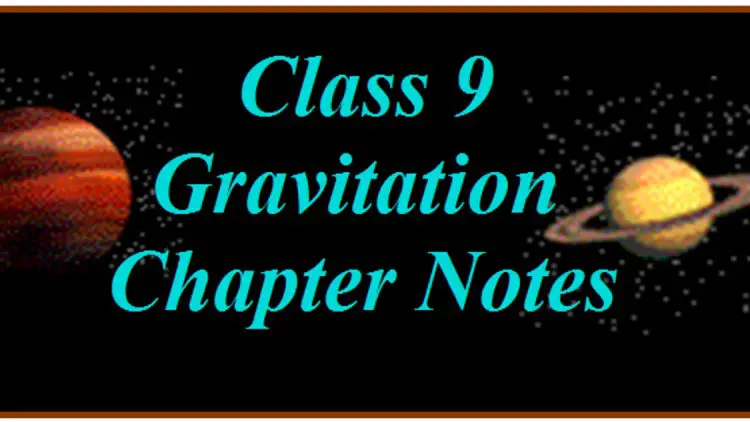Gravitation
Gravitation introduces the fundamental concept of gravity, which is a force of attraction between two masses. It explains that every object with mass experiences a gravitational pull from every other object with mass. Sir Isaac Newton's Law of Universal Gravitation is central to this topic, stating that the force of gravity is directly proportional to the product of the masses of the objects and inversely proportional to the square of the distance between their centers. This force is responsible for phenomena such as the Earth's orbit around the Sun, the moon's orbit around Earth, and the falling of objects towards the Earth's surface. The chapter also covers the concept of gravitational acceleration, with the acceleration due to gravity near the Earth's surface being approximately 9.8 m/s². Additionally, it introduces the idea of weight as the force exerted by gravity on an object, which varies with location. The study of gravitation helps explain various natural phenomena and is foun

1. Introduction to Gravitation
Definition: Gravitation is the force of attraction that pulls any two masses towards each other. It is a universal force that acts between all objects with mass.
Significance: This force is responsible for keeping planets in orbit around the sun, the moon around the Earth, and objects on the surface of the Earth.
2. Newton's Law of Universal Gravitation
Statement: Isaac Newton’s Law of Universal Gravitation states that every object in the universe attracts every other object with a force that is:
- Directly proportional to the product of their masses.
- Inversely proportional to the square of the distance between their centers.
Mathematical Formula: where:
- is the gravitational force between the masses,
- and are the masses of the objects,
- is the distance between the centers of the two masses,
- is the universal gravitational constant, approximately .
Explanation: This formula shows that the gravitational force increases with the increase in mass and decreases as the distance between the masses increases.
3. Gravitational Constant (G)
Definition: The gravitational constant is a proportionality factor in the law of universal gravitation.
Value: .
Importance: It is a fundamental constant of nature that quantifies the strength of the gravitational force.
4. Acceleration Due to Gravity (g)
Definition: Acceleration due to gravity is the acceleration experienced by an object due to the Earth's gravitational pull.
Value: Near the Earth's surface, is approximately .
Variation: The value of changes with altitude and latitude. It is slightly less at the equator and more at the poles.
5. Weight
Definition: Weight is the force exerted by gravity on an object.
Formula: where:
- is the weight,
- is the mass of the object,
- is the acceleration due to gravity.
Explanation: Weight varies with location because changes, unlike mass, which remains constant.
6. Gravitational Field
Definition: A gravitational field is the region around a mass where another mass experiences a force due to gravity.
Field Strength: The strength of the gravitational field at a point is the force experienced per unit mass at that point.
Mathematical Expression: where is the gravitational field strength, is the gravitational force, and is the mass of the object experiencing the force.
7. Gravitational Potential Energy
Definition: Gravitational potential energy is the energy an object possesses due to its position in a gravitational field.
Formula: where:
- is the gravitational potential energy,
- is the mass of the object,
- is the acceleration due to gravity,
- is the height above a reference level.
Explanation: This energy increases with height and mass.
8. Orbital Motion
Concept: Orbital motion occurs when a celestial body, such as a planet or moon, revolves around another body due to gravitational attraction.
Explanation: The gravitational force acts as a centripetal force that keeps the body in a circular or elliptical orbit. For instance, Earth's orbit around the Sun and the moon's orbit around Earth are examples of gravitationally bound systems.
Key Idea: The centripetal force required for orbital motion is provided by gravity, ensuring that the objects remain in their respective orbits.
9. Importance and Applications
- On Earth: Gravity affects daily life, such as objects falling to the ground and maintaining the Earth's atmosphere.
- In Space: It governs the motion of planets, stars, and galaxies, and is crucial for space exploration and satellite placement.
Summary
The chapter on gravitation in Class 9 covers the fundamental principles of gravitational force as described by Newton's Law of Universal Gravitation. It includes understanding the role of the gravitational constant, acceleration due to gravity, weight, and gravitational potential energy. The chapter also introduces the concept of gravitational fields and orbital motion, highlighting the importance of gravity in both terrestrial and celestial contexts.
What's Your Reaction?





















